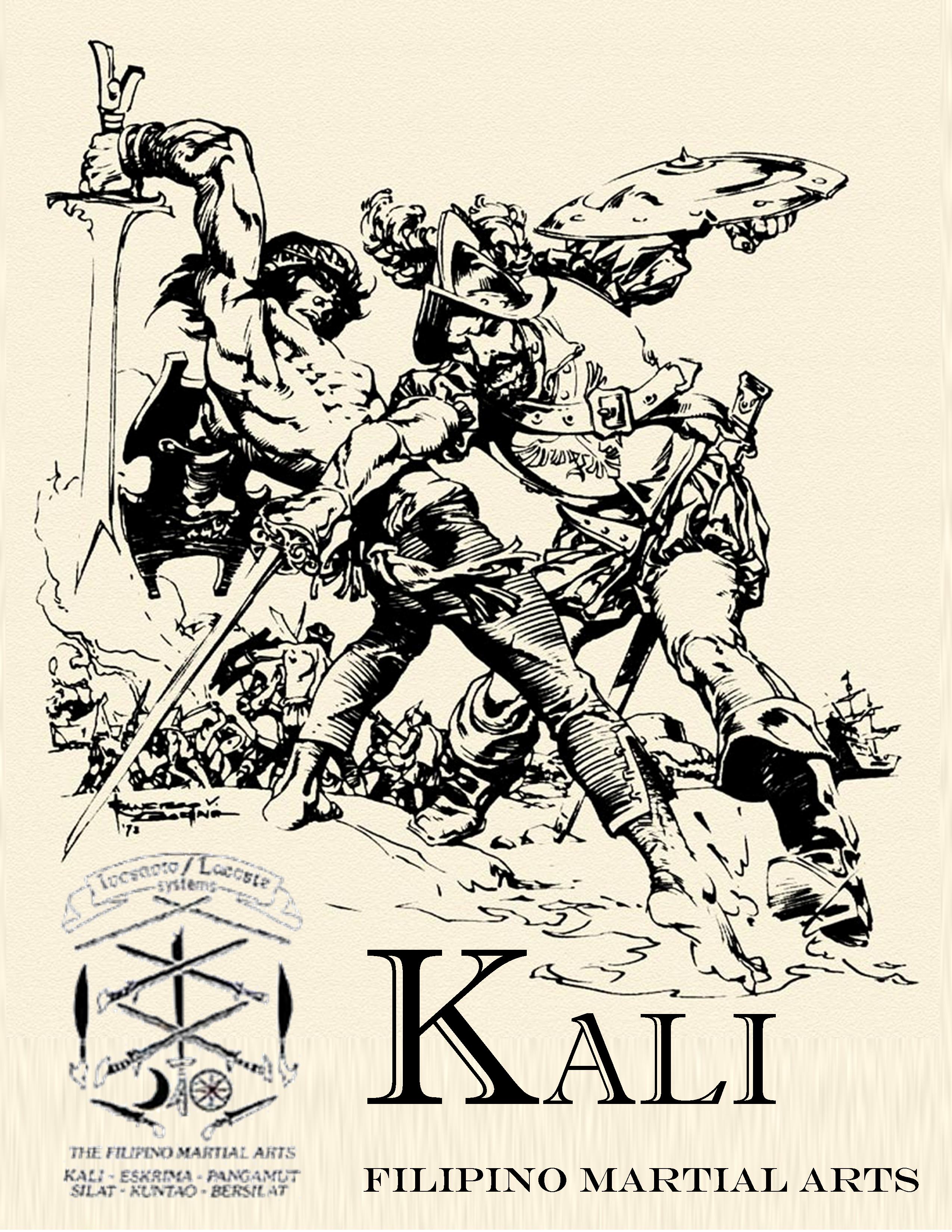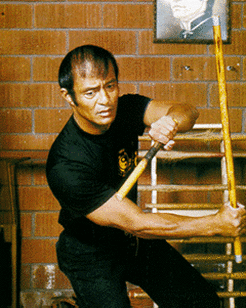Filipino Martial Arts

The highly sophisticated and comprehensive martial art from the Philippines is weapon based, but ultimately an empty hand system.
The term Kali is an ancient word that serves as an umbrella term for all Filipino martial arts. According to Guro Dan Inosanto, Kali is a portmanteau of the Cebuano words "kamot", meaning hand, and "lihok", meaning motion. There are many other names for these arts such as Eskrima, Arnis, Anis De Mano, Estoque, Pananandata, Pagkalikali….etc
In the US as long ago as the 1500′s, the Filipino Martial Arts have something to benefit everyone. Developed for “mass attack” as well as single opponent confrontations, the training heightens student’s awareness of their surroundings and teaches them to use their environment as tools of combat. Everyday objects, such as umbrellas, books, bandannas, etc., become effective means of self-defense in the hands of a properly trained individual. Use of left and right hand techniques develop coordination. Drills and techniques taught in a fluid, non-restrictive manner allow students to enhance their natural attributes and improve their sense of balance, coordination, agility, timing, speed, awareness and confidence.
The Filipino martial arts taught at the Dayton Kali Academy pull from a variety of systems, but mainly from the Lacoste system as taught by Magulang Na Guro Dan Inosanto.
The Filipino program introduces students to 12 main areas of study. This method of categorization is the main inspiration for the logo and name of the Dayton Kali Academy.
The 12 Training Categories

1st Area: Single Weapons
- Single Stick
- Single Sword
- Single Axe
- Single Cane
2nd Area: Double Weapons
- Double Stick
- Double Sword
- Double Axe
3rd Area: Long and Short Weapons
- Stick & Dagger
- Long & Short Sticks
- Sword & Dagger
- Sword & Shield
- Axe & Shield
4th Area: Double Short Weapons
- Double Dagger
- Double Short Stick
5th Area: Single Short Weapons
- Single Dagger
- Single 12-15˝ Stick
6th Area: Double-End Short Weapons
- Palm Stick
- Double End Dagger

7th Area: Empty Hands
- Panatukan (boxing)
- Panadiakan, Sikaran (kicking)
- Dumog, Layug, Bunot, Detschon (grappling)
- HuBad LuBad (to tie & untie)
- Ankab-Pagkusi (pinching & biting)
8th Area: Long Weapons
- Staff
- Oar
- Spear (bangkaw)
- Spear & Shield (round/rectangular)
- Spear & Stick
- Spear & Sword
- Heavy Stick
- Long Stick
9th Area: Flexible Weapons
- Sarong
- Belt
- Whip
- Rope
- Chain
- Scarf
- Headband
- Handkerchief
- Olisi Toyok
- Tabak Toyok
- Tabak Lubid
- Yo Yo
10th Area: Throwing Weapons
- Spear
- Dagger
- Wooden Splinter
- Spikes
- Coins, Washers
- Stones, Rocks
- Sand, Mud, Dirt
- Pepper, Dust
- ... any object
11th Area: Projectile Weapons
- Bow & Arrow
- Blowgun
- Sling Shot
- Portable Cannon
12th Area: Holistic Training
- Healing Arts
- Health Skills
- First Aid
- Short History of the Art
- Ethics (moral training)
- Spiritual Training
- Mind Expanding Training
- Rhythm Training (music)